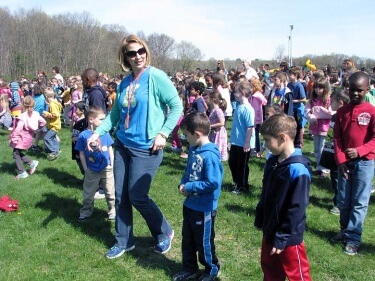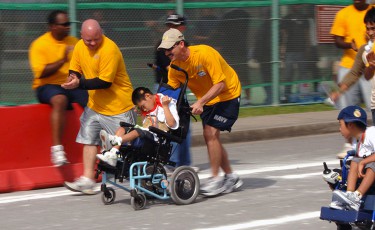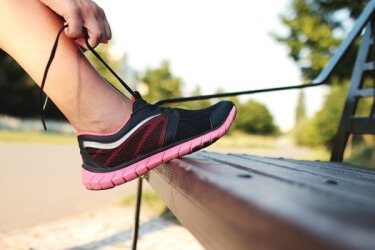I was recently asked what the biggest challenge that PE teachers face today, and if I had a super power how would I fix it? My response was immediate – time was the problem and if I had a super power I would stop the clocks during PE class. As Physical Educators we know what quality programs look like and we know what it takes to impact health and fitness in a positive way, but very often we are not given enough time to accomplish all that we know is possible. While I consider myself fortunate compared to some because I see my primary students three times in a six-day cycle, I often feel rushed because I only see my upper elementary students twice in that same cycle. During my thirty-year career I have often lobbied for more time, but at some point I realized that more PE class time was a luxury that I might never see. In response, I began to look for ways to make a difference beyond PE class time. My goal was to increase activity time and focus on healthy choices. I divided my efforts into three segments: (1) classroom activity and healthy choices; (2) special events in school, and (3) student and family activity outside of school.

Classroom Activity and Healthy Choices
In considering ways to increase activity time and healthy choices in the classroom, I first took into account that classroom teachers are overwhelmed and don’t have enough time to accomplish all that is required. The new Common Core Standards have only increased these expectations. Adding to their work was not a realistic goal so I sought to provide opportunities that would be fun, quick, and easy. Wellness Wednesday and Fitness Friday were born as a result of a school-wide wellness committee plan. Every Wednesday announcements remind students that, “Today is Wellness Wednesday. Eat a healthy snack.” Incentives as part of our Healthy Highway program allow students to “earn miles” when healthy snacks are eaten. This simple reminder puts the focus on healthy snacks and continues the conversation about the importance of good nutrition. Often students stop me in the hall to tell me what they had for a healthy snack!




